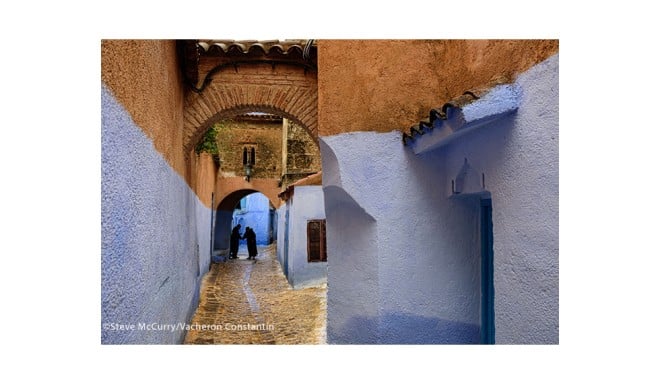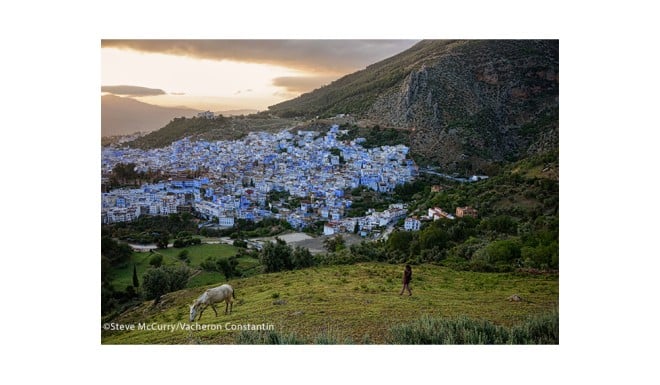Dreaming of blue: Trip to Moroccan town of Chefchaouen akin to being on the set of a surrealistic Luis Bunuel film
Fortress town provides an extraordinary living exhibition of blue-rinsed houses and buildings in the Rif Mountains

Anybody visiting Chefchaouen might imagine they’d been dropped on the set of a Luis Bunuel movie, or that the Smurfs had taken over the world because the architecture in the northwestern Moroccan town is a surreal shade of blue. Yet, nestled below the jagged peaks of the Rif Mountains, there’s a lot more to this settlement than just its unusual colour scheme. In fact, visitors will discover an enchanting, tranquil haven that’s infinitely less touristy than the major cities in this North African nation.

In 1471, Chefchaouen was established as a fortress – it still survives to this day – by Moulay Ali Ben Moussa Ben Rached El Alami. Actually referred to as Chaouen by locals, this settlement, which is in the northwest of the country, is divided into two halves: in the west, the ciudad nueva (new city); in the east, the medina. This latter area, which translates as the old quarter of an African town, is perfect for a stroll as it’s small and compact, isn’t teeming with sightseers and has a multitude of intriguing steep, winding alleyways. And, of course, these are full of the blue-white buildings – normally with Andalusian-style red terracotta roof tiles – that make this place a singular attraction. No one knows exactly why this shade is ubiquitous but one suggestion is that it deters mosquitoes. Another theory is that Jews fleeing from Nazi-persecution in the 1930s, started to adopt this colour as for them it was a representation of the sky and heaven, which acted as reminder to live-out a spiritual existence.

The beating heart of the medina is its main square, the quaint, cobbled Plaza Uta el-Hammam. It’s a hotbed of cafes and restaurants although they can be pricey and the food isn’t of the highest quality. Within a few blocks, eateries such as Aladdin, Assaada and Sindibad serve native dishes – kofte, tajine and tagras – that are tastier and, in general, better value. Two must-sees are the kasbah and nearby Grande Mosquée. The former is a carefully restored ochre-hued fortress with a pleasant garden and an interesting Ethnographic Museum, while what marks-out the 15th-century constructed temple is its quirky octagonal tower.
It’s impossible to explore the medinas in most large Moroccan cities without encountering persistent locals trying to offer themselves as a guide or haggling to load you up with their merchandise. Fortunately, the inhabitants of Chefchaouen let travellers get on with what they’re doing.

Don’t miss out on shopping. Expect the usual items you would in the medina of any Moroccan town. Leather and metal ware, soaps, fresh goat cheeses and sweets, and a palette of tantalising spices. A particular speciality is textiles with stores selling beautiful handwoven rugs and blankets. Old men still walk about in conical hooded tops; uppity donkeys “eeyore” unsuspecting individuals out of their path; and the evening call to prayer dissipates into the sky, as the fading red of the sun radiates over a lofty minaret and the Rif Mountains.